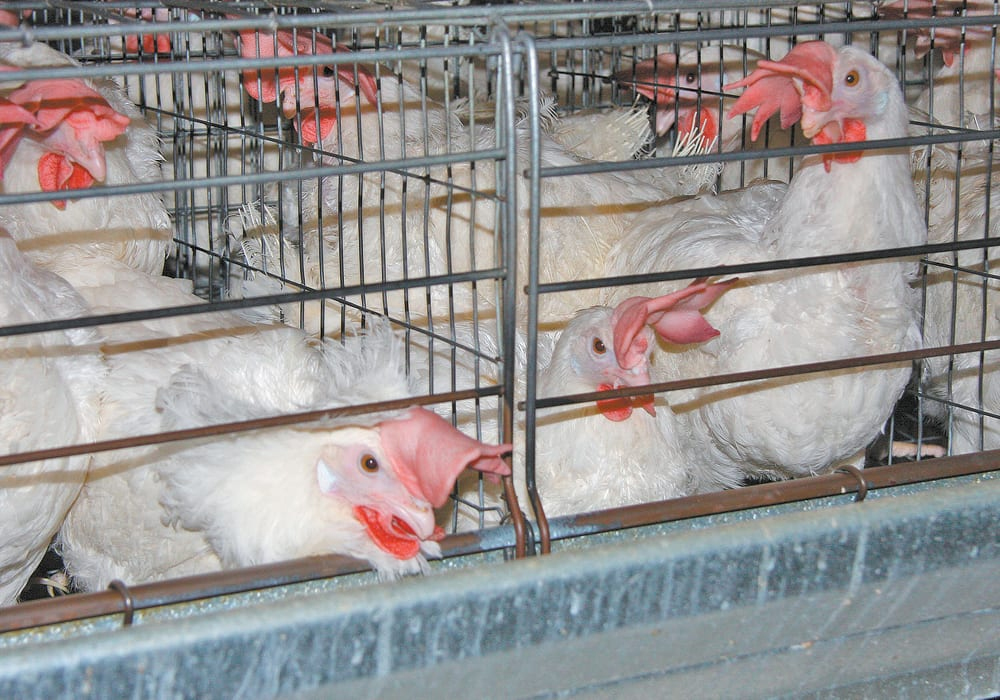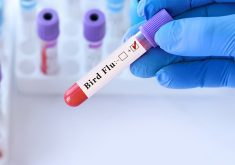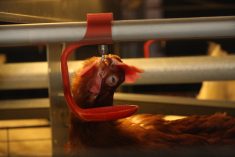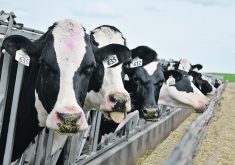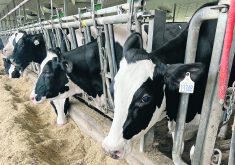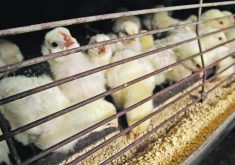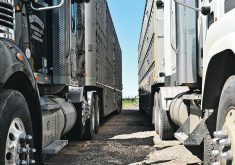The University of Calgary’s Faculty of Veterinary Medicine plans to further expand its diagnostic services to help Alberta producers guard against animal diseases such as avian influenza.
“We are already working on the next expansion because we can’t cope with the work… and I think that is obviously to the benefit of a province where beef and poultry and other animal protein is so important,” said faculty dean Renate Weller.
The Canadian Food Inspection Agency has said the country’s poultry and egg producers had destroyed almost two million birds due to avian influenza. Alberta accounted for about half of all cases, with affected producers ranging from large commercial operations to small hobbyists.
Read Also
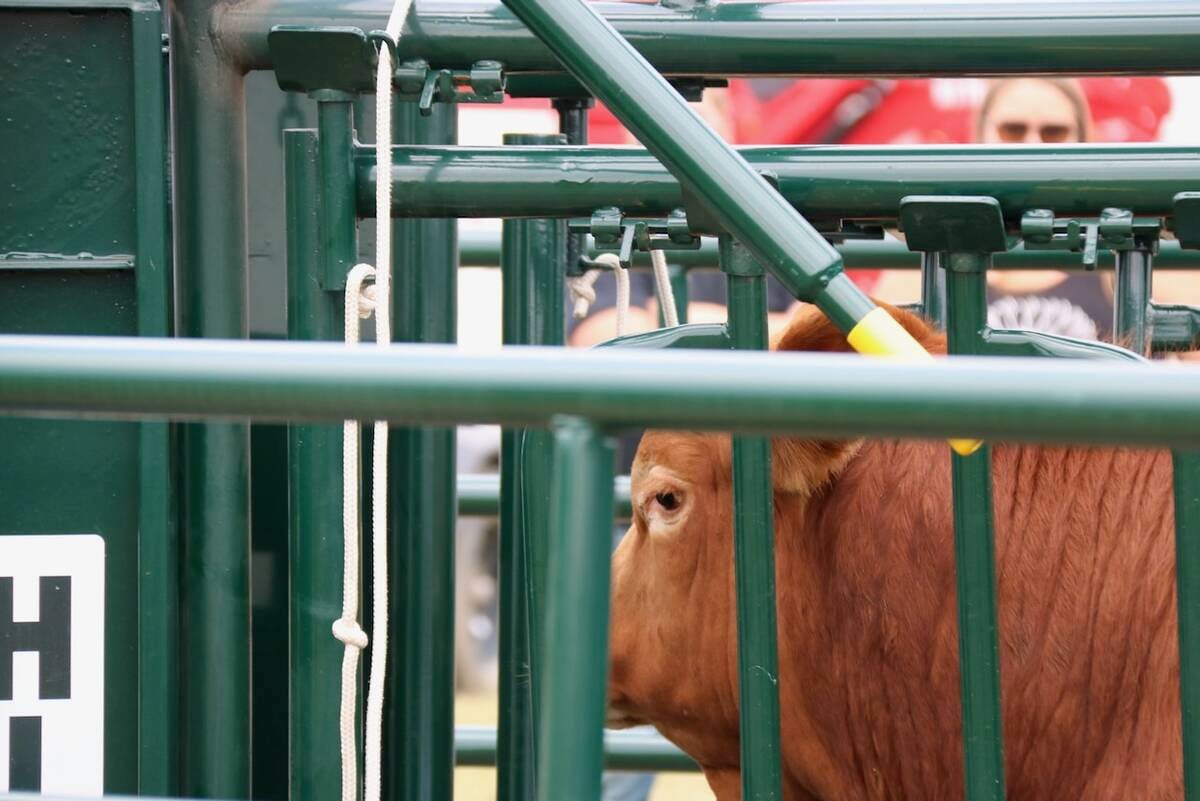
Good handling equipment a must on cattle operations
It’s important for the safety of producers and everyone else dealing with their stock that handling equipment is functional and safe.
A watchful eye needs to be placed on livestock diseases to better protect the province, said Weller. “I mean, it’s horrendous at the moment with bird flu going on … we need to be on alert, surveillance is needed, otherwise, we are risking disaster.”
The provincial Results Driven Agriculture Research funding agency is helping with plans to expand diagnostic services, she said. “We are finishing the business case,” she said during an interview June 1 at RDAR’s Summer Round-Up conference in Calgary.
“Right now, we are literally 95 percent there, and then we are going to submit it to the government. And hopefully, we will get that grant and we will get going on that, so hopefully, we will be able to have that in place in the not-so-distant future.”
Due to budget cuts under then-Premier Ralph Klein, the provincial government closed several labs in 1995, ending the province’s veterinary diagnostic services to the livestock industry. Veterinarians had to send samples to labs in other provinces, increasing wait times and boosting bills for Alberta producers.
However, $3.4 million was provided in 2020 under the federal-provincial Canadian Agricultural Partnership (CAP) for a new laboratory at the faculty. Although the initiative was part of a pilot project slated to end in 2024, the faculty hoped to afterwards secure a 10-year provincial grant to extend and expand diagnostic services.
Besides easing costs and delivering quicker results, the lab was partly intended to help keep an eye on animal diseases that could spread to humans, said Jennifer Davies, director of the faculty’s Diagnostic Services Unit (DSU), during an earlier interview.
Meanwhile, Alberta’s four poultry producer boards announced last year they were forming a partnership with the faculty to support a poultry diagnostic system for the province. The initiative aimed to start with core diagnostics such as postmortem bacteriology and histology, which is the study of tissues under the microscope.
Such diagnostics were to be provided by DSU under contract with the four boards, with other capabilities added as the service increased its capacity. The initiative was separate from the new laboratory.
Weller said June 1 although the faculty is already offering livestock services such anatomic pathology, “we want to expand the range of tests we can do to offer a broader spectrum.
“Currently, we are limited. Some of the samples have to be sent off to commercial enterprises, and quite frankly that makes it not financially viable for producers … so we want to do what other provinces do, what other countries do, and offer the full spectrum to our producers to make sure the food is safe.”
The proposed expansion will not involve constructing new facilities or infrastructure, she said. “It involves more equipment and more people – people, people, people: pathologists and clinical pathologists, and people who have the expertise to run that … and pathologists are like gold dust at the moment.”
However, Weller said the DSU under Davis enjoys an “extremely good” reputation, “so we are hopeful that we can find the people. We are also looking into growing our own people, so we want to put in place residencies so we don’t rely on external inputs (and) we can foster our own talent as well, but that takes a while, right?”
Further complicating the situation is a shortage of veterinarians in Alberta, she said. There is currently a need for more than 865 veterinarians and veterinary technologists in the province, said Natasha Kutryk of the Alberta Veterinary Medical Association during a recent news conference.
The provincial government recently committed $67.4 million to the faculty for a major three-year expansion to double enrolment to as many as 100 students, up from the current 50. The first full intake is expected to take place in three years.
They will be part of a four-year program, meaning they would graduate seven years from now. As a result, short- and medium-term solutions are also needed, including bringing in veterinarians from other countries, said Weller during the news conference.


